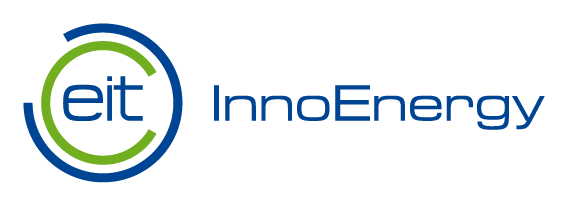Powering PV made in Europe: Thousands of High-Impact Jobs Around the Corner

By Kris Ignaciuk, IGN Research, Advisor to InnoEnergy Skills Institute
Ambitious Targets
PV Made in Europe
The global solar photovoltaic (PV) market is experiencing an unprecedented boom, with approximately 240 gigawatts (GW) installed in 2022 [1]. In the EU alone, the annual deployment of solar PV reached an impressive 41 [2]. While impressive, this output is not sufficient to meet the REPowerEU goals. To do so, the EU must increase this rate to 60 GW a year, according to the EU Commissioner for Energy, Kadri Simson [3].
While this volume could be within reach with faster permitting, stronger policy, and investment support [4], hitting the EU Solar Energy Strategy of 750 GW faces a major vulnerability: Most solar panels installed in Europe are imported. Indeed, in 2022, only one-fifth of the solar panels installed in Europe were assembled domestically, with most of the parts sourced outside the EU. Chinese companies hold a more than 80 per cent share of the European PV market across the industry supply chain [5]. Bolstering the supply chain resilience requires PV Made in Europe.
Pressing need for a trained workforce
Training & Education for PV industry
The PV industry is currently undertaking a mapping of the exact number of people with specific qualification levels and skills needed in the different segments of the manufacturing chain. What is already clear is that action is required across three key areas: Training & Education, Attractiveness & Awareness, and Mobility.
To begin with, it will be crucial to revise the various job profiles that currently exist and accurately define the required skills and certification requirements for each role (much like the critical work that has been done for the battery value chain). This is key to specifying minimum curriculum requirements, which will in turn guide educational institutions and training providers in developing comprehensive and standardised and credentials that are effectively aligned with industry needs. To achieve this, the industry will need to form stronger collaborations with Technical and Vocational Education and Training organisations, universities, and other learning content providers.
Solar Academy
To provide wider access to new curricula and offer flexible upskilling opportunities, it would be highly beneficial to establish a Solar Academy within the European Net Zero Industry Academies, the creation of which is called for in the Net Zero Industry Act proposal [9]. This could replicate the success of the EBA Academy in the battery industry (now under InnoEnergy Skills Institute). A Solar Academy would serve as a hub for training professionals in the latest technologies, systems, and applications, helping them stay at the forefront of the evolving PV industry. It could benefit not only the manufacturing part of the PV sector but also installers and O&M workers.
Mutual recognition of certification schemes and training accreditation processes across the EU will be important, too. Many individuals looking to enter this workforce will be seeking the specific qualifications needed to access so-called regulated professions. Therefore, it will be key for EU Member States to speed up their validation process for industry-developed learning programmes, including the Solar Academy. At the same time, it is essential to fast-track the definition of minimum criteria for automatic recognition of regulated professions by Member States, based on the Directive on the Recognition of Professional Qualifications (2005/36/EC).
The urge to bridge skills gap
Among other solutions, the stakeholders need to define instruments to attract talent, both within the EU and outside its borders, especially process engineers and operations specialists. To improve the intra-EU mobility of the workforce, stays at partner institutions in other European countries could be made part of training — a PV Manufacturing Erasmus of sorts but for workers.
The industry and educational institutions must act NOW to bridge the skills gap and develop a competent workforce capable of supporting the ambitious solar PV targets. This endeavor will not only strengthen the EU’s position in the global market but also stimulate economic growth, create high-impact jobs, and contribute to a sustainable and resilient future.
Sources:
[1] IEA-PVPS, 2023: https://iea-pvps.org/snapshot-reports/snapshot-2023/
[2] SolarPower Europe, 2022: https://www.solarpowereurope.org/press-releases/new-report-reveals-eu-solar-power-soars-by-almost-50-in-2022
[3] https://ec.europa.eu/commission/presscorner/detail/en/IP_22_7617
[4] IEA, 2023: https://www.iea.org/reports/how-to-avoid-gas-shortages-in-the-european-union-in-2023
[5] FT, 2023: https://www.ft.com/content/2f876e67-8aa1-4776-a783-bcf5d5ea76eb
[6] SolarPower Europe, 2022: https://www.solarpowereurope.org/insights/thematic-reports/eu-solar-jobs-report-1
[7] IGN Research analysis.
[8] IGN Research analysis.
[9] European Commission, 2023: https://eur-lex.europa.eu/legal-content/EN/TXT/?uri=CELEX%3A52023PC0161
Contributing authors
Dimitra Maleka, Energy Transition Skills Expert at InnoEnergy Skills Institute (review and revision)
Ashley Gyllen, Head of Learning Research at InnoEnergy Skills Institute (review and revision)

